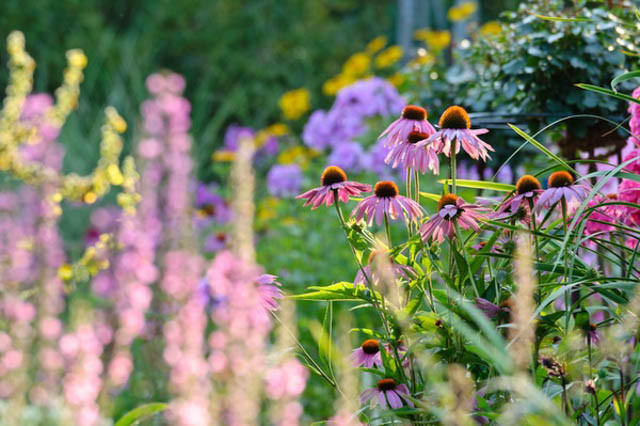Prairie Garden - Expert Tips for Gardening Success
Creating a prairie garden involves understanding the unique dynamics of these environments. Here are some expert tips to ensure success:
- Right Plant Selection: Choose plants native to your region for best results. Native grasses like Little Bluestem, Switchgrass, and Indian Grass should form the backbone of your prairie garden. Complement them with colorful native flowers like Coneflowers, Black-Eyed Susans, and Butterfly Weed.
- Soil Preparation: While many prairie plants are adaptable to various soil conditions, they generally prefer well-drained soil. Consider testing your soil and amending it as necessary before planting.
- Sun Exposure: Most prairie plants need full sun to thrive. Ensure your garden space gets at least six hours of direct sunlight each day.
- Planting Plan: Space your plants according to their mature sizes to prevent overcrowding. Remember, prairie gardens are about creating a balanced ecosystem, not just an aesthetic display.
- Watering: While established prairie plants are drought-tolerant, they’ll need regular watering until they establish. After the first year, they should require minimal supplemental watering.
- Maintenance: Cut back dead foliage in early spring to allow new growth. Many prairie plants also benefit from a controlled burn every few years, though this may not be practical in a home setting.
- Patience: Prairie gardens take a few years to fully establish and bloom. Don’t be discouraged if your garden looks sparse the first year; with time, it will become a thriving, self-sustaining ecosystem.
- Invite Wildlife: Consider including features like bird feeders, bird baths, and bee houses to make your garden a haven for wildlife.
Remember, the success of a prairie garden lies in its diversity and balance. By choosing a variety of native species, you can create a resilient, beautiful garden that offers a slice of the natural prairie right at home.

